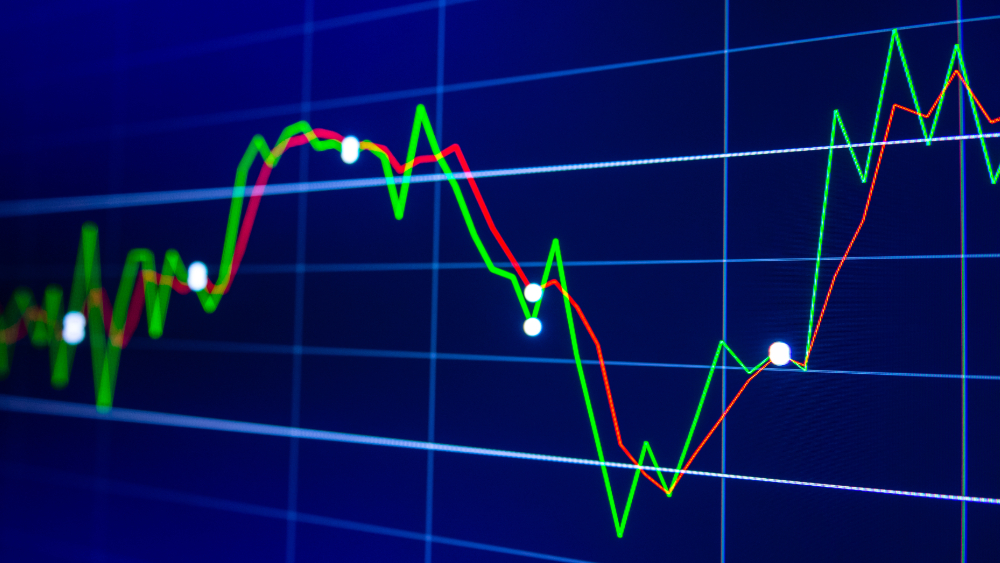European Statistical Recovery Dashboard: February edition

Today, Eurostat released the February edition of the interactive European Statistical Recovery Dashboard.
The dashboard contains monthly and quarterly indicators from a number of statistical areas relevant to tracking the economic and social recovery from the COVID-19 pandemic, across countries and time.
February highlights: GDP increases slightly amidst a mixed picture at sectoral level, alongside record-low unemployment
EU GDP slightly increased quarter-on-quarter in Q4 2023, offsetting the slight decrease recorded in Q3 2023. GDP remained above its pre-pandemic level, with low growth throughout 2023.
However, a more nuanced picture of the EU's economic landscape emerges at sectoral level. EU industrial production sustained its month-on-month increases in December 2023, while retail trade declined, reversing the previous month's gain. While a comprehensive view of the services sector throughout 2023 is not yet available, production in services continued its month-on-month decline in November. Despite these sector-specific fluctuations, all these indicators remained above their pre-pandemic levels, with production in services notably higher.
Against this backdrop, the EU labour market continued its robust performance in December 2023, with the unemployment rate remaining at a historically low level. Transitioning into 2024, the euro area's annual inflation rate decreased slightly in January 2024 after an increase in December 2023, returning to a downward path observed until November 2023.
Regarding the health dimension, the excess mortality rate at the EU level increased for the fifth consecutive month in December 2023. Nevertheless, it remained significantly below the rate observed in the same month of 2022.
You can read the full analysis by clicking ‘Eurostat commentary’ on the dashboard’s header.
The dashboard is updated every month with the latest available data for each indicator.
The line charts in the dashboard offer many functionalities to easily explore and analyse the development of the indicators, such as displaying a longer time series, comparing several countries and downloading the customised chart or the source dataset.

